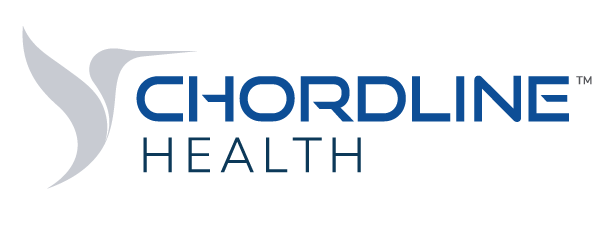Moving Beyond the AI Hype: Why Automation and Analytics Drive True Population Health Value
Healthcare experts are betting on AI’s ability to revolutionize population health management⁽¹⁾, from tools that predict which patients are likely to return to the emergency department to solutions that empower patients to self-manage complex conditions for better health.
But while generative AI is touted as a game-changer for healthcare⁽²⁾, this type of model holds far less value for improving population health management and reducing healthcare costs—at least in its current form. Gen AI can point to best practices for treating complex conditions, but we’re a long way from leveraging large language models to incorporate insight on social determinants of health (SDOH).
Instead, AI’s true value lies in predictive analytics and automated tools that deliver actionable information to clinicians when and where they need it most.
Right-Now Applications for Population Health Management
Innovation has become a core competency for health plans and health systems, and it’s a topic that was front and center at ViVE 2024. “Innovation can be the membrane to do disruptive work,” one East Coast healthcare leader shared during a ViVE panel, pointing to an “AI catalyzer” initiative that enables teams to draw upon AI to address core challenges.
But as the hype around gen AI gets louder, automation has begun to feel like population health management’s best-kept secret.
For one, it’s easy to use. Health plans can put automation into play to prioritize where team members focus based on population health analytics that highlight who is most at risk—or could be soon—and who would most benefit from one-to-one intervention. When powered by advanced analytics, this approach strengthens care team response by immediately initiating care to patients at the right time.
For another, it helps eliminate the manual processes that not only contribute to clinician turnover and burnout⁽³⁾, but also raise the potential for data entry errors that can delay care. From a business perspective, it’s a powerful tool for strengthening efficiency in population health management, reducing costs. From a patient perspective, it’s a care accelerator and a conduit to more personalized care.
And if automation is the quiet force that helps power an organization’s population health management solution, predictive analytics is the accelerator.
At Chordline Health, we’re seeing clients leverage a core cluster of population health analytics programs—from diabetes to heart failure management—to manage and tailor care to an individual’s specific needs. Care plans lean into learnings in managing complex conditions not just from a health plan or health system’s cohort of patients, but also based on data at a regional and national level, curated by Johns Hopkins University. The data also takes into consideration the SDOH factors that impact 47% of health outcomes⁽⁴⁾. And, with predictive analytics comes speed to insight, which drives a faster, more actionable ability to impact population health and member outcomes.
Here are a few things to consider in applying an automation and predictive analytics-based approach to population health management.
Look for a population health management platform that incorporates data-based insight in near real time. This ensures your organization won’t have to wait longer than necessary to identify the highest-risk patients and deliver evidence-based interventions.
Make sure the platform’s predictive analytics capabilities are as robust as possible. Key characteristics include the ability to assign risk scores based on claims data and other patient-specific factors, such as SDOH, utilization patterns and medication adherence. Be certain, too, that analyses can be applied across multiple populations.
Leverage the analyses in determining how to build upon population health management programs. For example, given that weight management influences outcomes for many chronic and complex conditions, explore options for incorporating weight management within your population heath management program. Look for opportunities to apply data-based insight—from your own population or a peer cohort—to inform your efforts.
For more insight on how to evaluate AI tools for population health management, contact us.
References:
(1) modernhealthcare.com - Article: The future is now? AI’s role in healthcare starts small, gets bigger - Read now »
(2) hbr.org - Article: GenAI Could Transform How Health Care Works - Read now »
(3) healthexec.com - Article: 25% of clinicians want to switch careers, mostly due to burnout - Read now »
(4) hhs.gov - PDF: Addressing Social Determinants of Health: Examples of Successful Evidence-Based Strategies and Current Federal Efforts - Read now »
